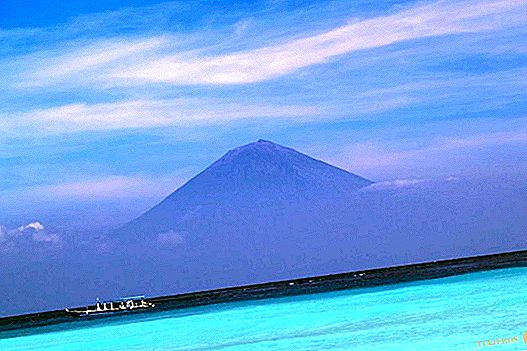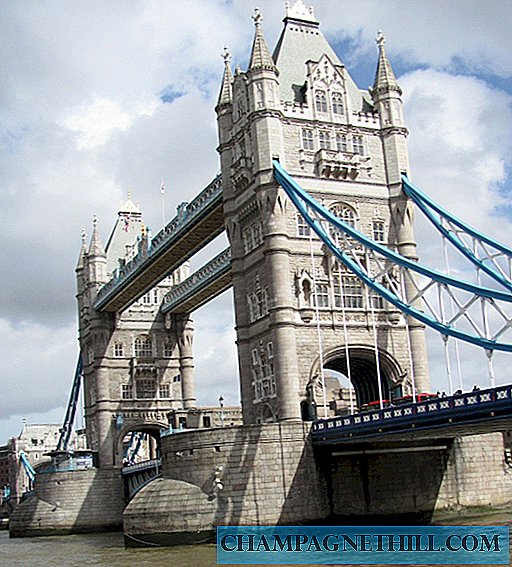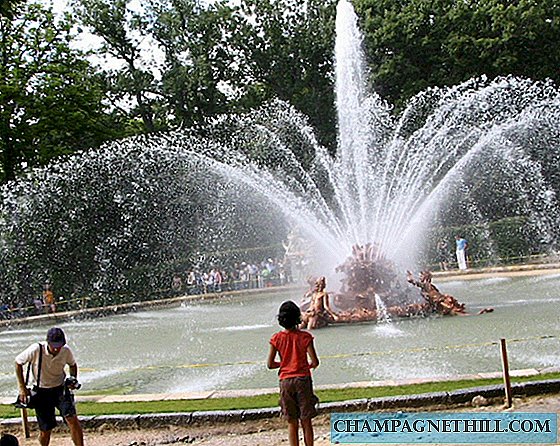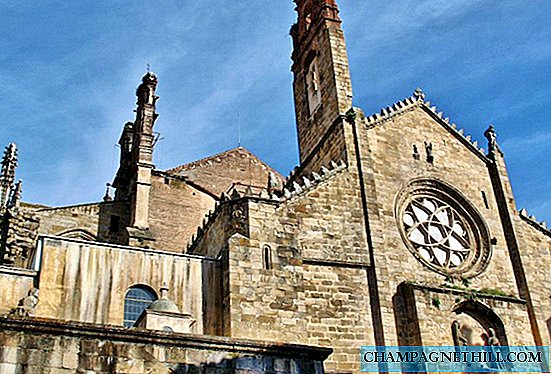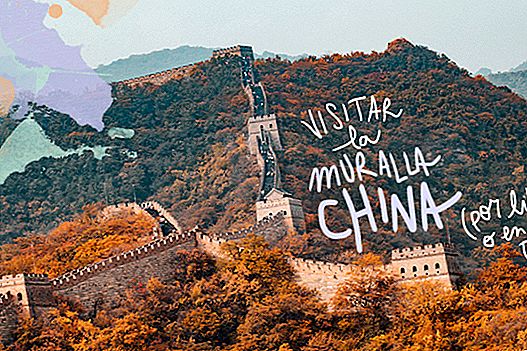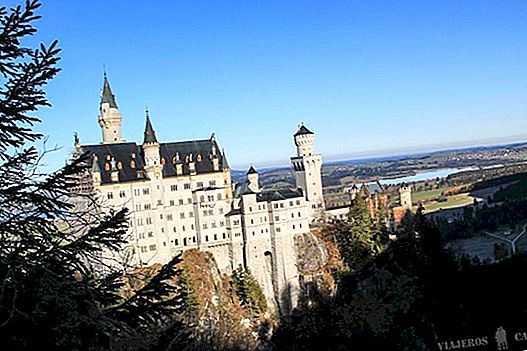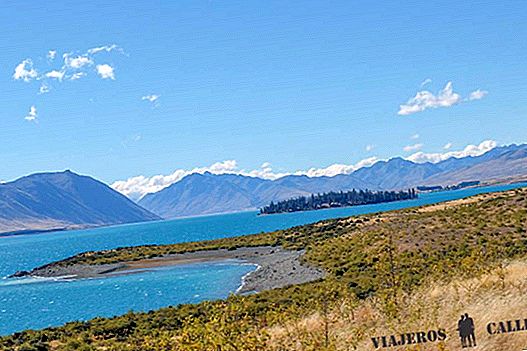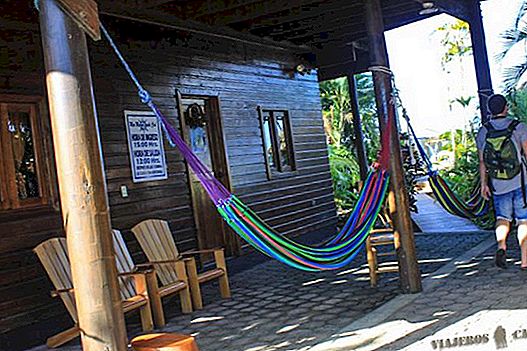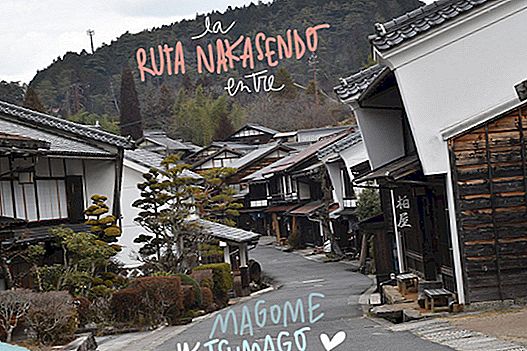
I have always been passionate about old trade routes. I imagine those travelers from the past preparing their gear a few days before leaving, not even knowing if they would return home or if that would be the last trip of their lives. A few kilos of rice, pickles, dried meat, and of course, a carafe of sake, which never hurts. Because the route we are going to talk about is in the heart of Japan. The Nakasendo route It was one of the main 5 roads that developed in Japan during the Edo period (from 1603 to 1868). Obviously, as in most cases, these historical routes have disappeared over time, however the Nakasendo route It conserves sections that are true jewels! And the one who goes between Magome and Tsumago It is the best test.
In this post we are going to tell you how to visit the Nakasendo Route between Magome and Tsumago, and what was our experience. Spoiler: it was great 🙂
The Edo period, between 1603 and 1868, was a time of unprecedented growth and progress in Japan. Among all the means for development, one was to create 5 official roads that connected the new capital Edo (former name of Tokyo) with other important territories (called Gokaido). The Nakasendo route was the one that extended from Edo to Kyoto crossing the interior of the country through mountain ranges and valleys, and had a distance of about 534 km. There was a second route that linked these two large cities along the coast, called the Tōkaidō route (translated as “eastern route by sea”).
At that time the shinkansen (the bullet trains) were not even in the best dreams of travelers, so they had no choice but to travel kilometer after mile to leg. Of course they did not belong to any expedition of the daimio on duty or the shogun itself, which had horses, a luxury. The trips became slow and tiring crossings, so 69 small rest villages were established (the shukuba) where to spend the night and recharge energy to continue the next day. And two of them are the small towns of Magome and Tsumago, two of the most charming in the entire Kiso Valley.
Although there are other sections of the Nakasendo route that remain open, this one, nestled in the Kiso Valley, is undoubtedly the most famous of all. The total route has a length of 7.7 km, in which you pass through other small villages, through pine and cypress forests, waterfalls and other beautiful places, in the middle of nature. The floor on which one walks is changing, there are sections that are pure asphalt, others that are dirt roads and pebbles and others of huge stone tiles that are more similar to what one imagines of an old commercial route.
It is recommended to start in Magome and finish in Tsumago, to make the majority of the route down. This is what we did, and this was our experience:
First 2.2 km: except for a descent by stone steps shortly after starting, this whole section is constantly rising. It can tire a little but come on, nothing I can with your initial enthusiasm! It starts on paved roads, which are interspersed with stone paths.
Up to half way: the descent begins on dirt tracks through forests. Before reaching midway you will find a Te house where a very kind man will offer you tea and fruits (or whatever he has at that time). It's free, but of course, a donation is highly recommended. Just below there is a cherry tree over 250 years old!
Second half of the road: we will continue down mountain roads, passing through some small villages and places like the Odakimedaki waterfall or the town of Otsumago a little bigger.
In addition, throughout the tour you can find public toilets and rest stations, some with free WiFi! And of course, the bells! In this tour there are about 10 and they are used to make noise while you advance, to warn the bears of your presence. Do youBears? !!! Yes, there are Asian black bears in this forest that leave their lethargy around May and there is some risk of meeting someone along the way. What is the real risk? Well, no idea, but it is better to inform before and ring the bells to warn him of the presence of an "intruder" (bears are less eager to meet you than you with him, believe us!).
In total we traveled it in 2 hours and half. Then, after visiting the town of Tsumago for a little while and having checked the schedules, we turned back on the local bus (600 ¥).
We did the hike in mid-January and, although we thought it would be complicated by the cold or the state of the roads, the truth is that it was all in perfect condition (and nothing cold!). Of course, before starting your adventure, find out about the accommodation.
Here we leave a couple of maps with the route, points of interest, relief, etc ...
Although Tsumago is a little more popular, we loved Magome! It is a little street paved on a ramp around which the typical wooden houses of this area of Japan are arranged. At night, when the lights are lit, it has even more charm.
At the base of the town you can find the bus station, a small supermarket with basic products at normal prices and several restaurants. On the same slope there are a couple of museums, the tourist information stand, accommodation, shops of typical products, and a handful of restaurants.
It was the town that we chose to make base. We arrived from Nagoya and here we stayed two days in this beautiful GH ... Be careful because in low season most restaurants (which will be a total of 6 or 8) remain closed or open only until 5. The only one we found open was the Haginoya, at the base of the town, specialized in Tempura and that you will have to reserve before you can have dinner (we pay 100Y for a delicious tempura, with rice, miso soup and dessert).
Unlike Magome, Tsumago is somewhat flatter and of a larger size. But it is still a main street where most of the traditional houses and tourist businesses are concentrated. It has a museum that seems interesting (Nagisomachi Museum) in what was once a building where horses were kept and treated for daimios and where they tell a little about the history of this route (700 ¥). And a museum house belonging to a family for hundreds of years (¥ 500). We do not enter either.
The most special place in town is known as Masugata, a curved alley that was made in this way to slow down the enemy, should it be after our steps.
Here is some info to plan your trip:
How to get to Magome
Magome has no train station, but there are frequent buses (¥ 560 and it takes about 20 minutes) to connect with the Nakatsugawa Station, the southernmost point of the Kiso Valley. From here there are local and express trains heading southwest towards Nagoya (¥ 1,340 local), and also northbound towards Matsumoto (¥ 1,980 local). You can check the schedules and combinations on the Hyperdia website.
We arrive by bus from Nagoya (1h30min) with the company Meitetsu, using the Japan Bus Pass of Japan Bus Lines with which we travel.
How to get to Tsumago
Like Magome, Tsumago also does not have a train station and the one that links the Chuo Line (which crosses the Kiso Valley) is the Nagiso station. There are also frequent buses from Tsumago to this station.
Bus between Magome and Tsumago
There is a bus service that connects these two cities that costs ¥ 600 and takes about 25 minutes. It makes several stops on the route, including one in X, which is the highest part of the trail, in case you want to save yourself the climb (lazy!). The schedules are the following (confirm them before in the bulletin boards, in your accommodation or in the tourist office):
- From Magome to Tsumago: 10:50 / 13:25 / 15:00 / 17:15
- From Tsumago to Magome: 10:12 / 12:47 / 14:22 / 16:42
In Magome there are two stops, one at the base of the town (just in front of the supermarket) and another at the top, on the other side of the slope (Jinba).
Where to stay
We stay in the Guesthouse Nedoko. It is a fairly new building, but maintaining the traditional style of the entire town. It is located on the same slope, closer to the upper part of town. It has private rooms and a shared dormitory of 4 places in 2 bunk beds. The price includes a great breakfast. The truth is that we recommend it 100%!
→ Accommodation in Magome
Ticket service and luggage delivery between villages
If your plan is to visit this area during the day and you are not going to sleep, you can leave your luggage at the ticket office services at the tourist information centers and at the bus stops.
In addition these same tourist information centers manage the shipment of your luggage from one town to another. You will have to deliver the luggage in Magome between 9 and 11:30 and pick it up in Tsumago after 13. Apparently it is only available between March and November and the price is ¥ 1,000.
Public toilets and WiFi
There are open, public and free bathrooms throughout the tour in the towns of Magome and Tsumago. In addition, some rest stations also have free WiFi.
As you can see, knowing her Nakasendo Route in its stretch between Magome and Tsumago And visiting these two lovely villages, it is a wonderful experience on a trip to Japan! It is true that there is something far from the typical tourist route, but if you can include the Kiso Valley in your plan, you will surely not regret it!

| Save on your trip |
| Compare and get flights cheap here |
| Find accommodation at the best prices here |
| Sign in Airbnb and get up € 34 discount here |
| Reservation activities and excursions in Spanish here or here |
| Hire the travel insurance IATI with a5% discount here |
| Reserve the airport transfers here |
| Find out how to take money out abroad without commissions here |
| Buy oneSIM card withdiscount to travel with internet here |
| The best books and travel guides here |
| All our articles about Japan |

